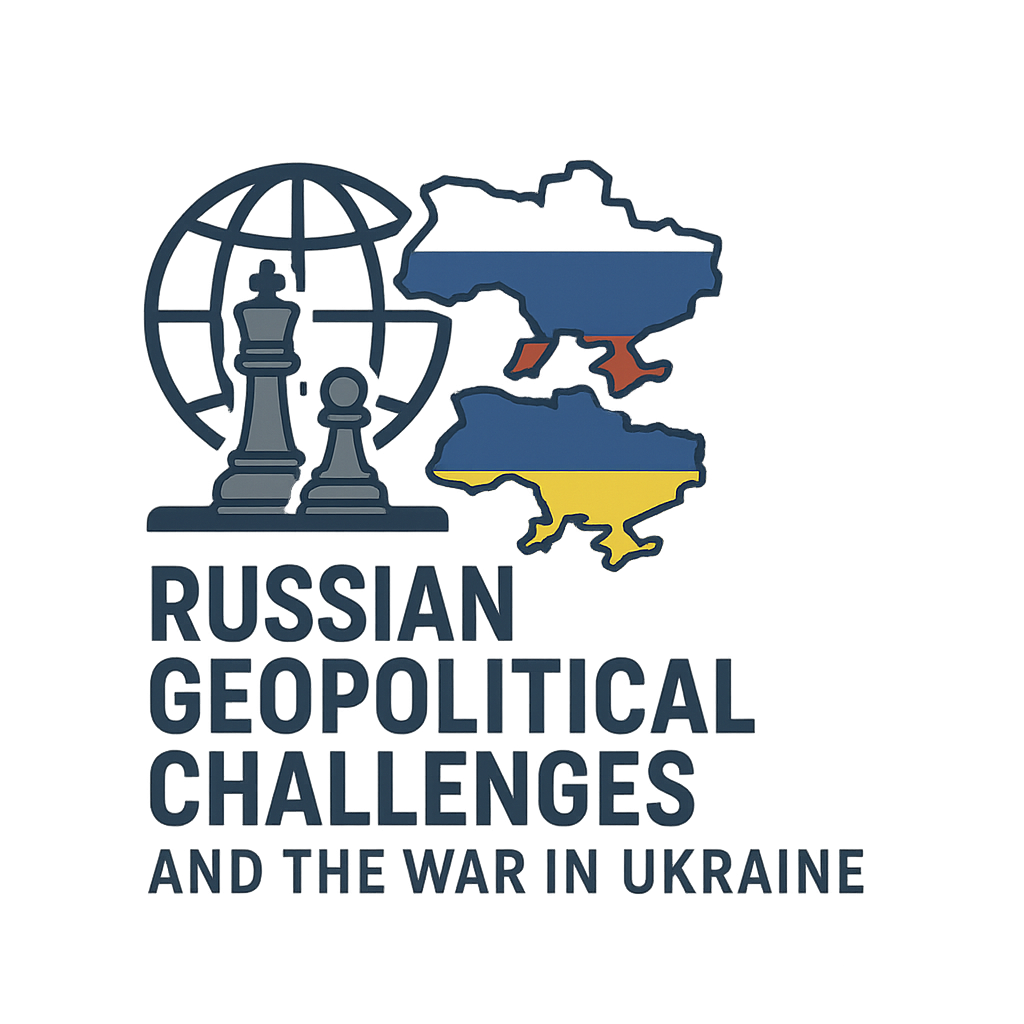When Russia launched its full-scale invasion of Ukraine in February 2022, few predicted that within two years, Chinese yuan would become the dominant foreign currency in Russian markets.
Yet this dramatic shift represents one of the most significant unintended consequences of Western sanctions forcing Moscow into an unprecedented economic dependency on Beijing that reshapes global currency dynamics.
The transformation has been nothing short of remarkable. Between January 2022 and December 2024, the share of currencies from countries “unfriendly” to Russia plummeted from 87% to just 18% for exports and from 67% to 18% for imports. By December 2024, President Vladimir Putin announced that nearly 90% of Russia-China transactions were being settled in yuan and rubles.
This wasn’t a gradual transition. It was economic whiplash. Following the invasion, Russia “overnight became unable to transact in dollars and euros — the world’s dominant currencies” as Western sanctions severed Moscow’s access to the global financial system that had dominated international trade for decades.
The numbers tell a compelling story of rapid financial reorientation. On the Moscow Stock Exchange, yuan’s proportion skyrocketed from a mere 3% in 2022 to 54% by May 2024. After the Moscow Exchange itself was targeted by U.S. sanctions in summer 2024, yuan transactions reached an extraordinary 99.8% of all foreign currency trading.
By 2023, the yuan had achieved what seemed impossible just years earlier: it became the most popular currency on the Moscow Exchange, surpassing even the U.S. dollar. Russian banks held $68.7 billion in yuan by 2023, exceeding the $64.7 billion held in U.S. dollars.
The yuan’s dominance wasn’t accidental for it was the only viable option. Among potential alternatives like the Indian rupee or South African rand, China’s currency stood alone as “arguably the only relatively stable, widely traded currency issued by a non-sanctioning authority that enables Russia to make international transactions.”
Beijing facilitated this transition through currency swap agreements between central banks, allowing Russia to exchange rubles for yuan. Chinese banks accumulated Russian assets, increasing yuan circulation in the Russian economy. This infrastructure became crucial as Russia found itself cut off from SWIFT and other traditional financial networks.
However, Russia’s “yuanization” comes with significant vulnerabilities. The country has essentially “swapped its dollar dependence for reliance on the yuan”, creating new risks should relations with China deteriorate. Moscow now faces potential “reserve losses and payment disruptions” if Beijing’s policies change.
These concerns became reality in September 2024 when “the Russian market hit a yuan liquidity crisis as interest rates for ruble borrowing increased to 20%.” While officials reported the crisis was resolved by early 2025, yuan availability remains inadequate to meet demand for yuan-denominated loans for Russian businesses,
The relationship faces increasing strain from U.S. secondary sanctions threats. Chinese banks have grown reluctant to process yuan transactions with Russia, leading to significant payment delays. Some major Chinese financial institutions, including Ping An Bank, Bank of Ningbo, and China Guangfa Bank, have stopped accepting Russian payments entirely, while processing times for approved transactions stretched to eighteen days.
This caution reflects Beijing’s broader strategy of supporting Russia while avoiding actions that could trigger secondary sanctions or damage China’s access to EU and U.S. markets. Despite bold announcements of $200 billion in planned investments, most cooperation projects remain “only on paper.”
The economic relationship reveals a fundamental imbalance. While China has become essential for Russia, overtaking Europe as its most important trading partner, Russia remains “a relatively unimportant market” for China. This dynamic leaves Russia as the junior partner, “frustrated by its shift from being a major exporter of high-value goods to China to primarily exporting energy and commodities.”
Annual bilateral trade has reached $240 billion according to Chinese customs data, with Chinese goods now accounting for 38% of Russia’s imports. China has even acquired monopolies on whole categories of Russian imports, enabling it to charge higher prices to Russian consumers compared to other markets.
Russia’s forced pivot to the yuan represents more than bilateral economic adjustment—it signals a potential fracturing of the dollar-dominated global financial system. Yet there is concern that “higher yuan internationalization means that the Chinese government needs more dollar reserves” to support yuan stability. Rather than weakening the dollar, the yuan’s rise may complement rather than challenge dollar dominance.
The transformation also highlights the limits of sanctions evasion. While China has provided Russia an alternative currency lifeline, the constant threat of secondary sanctions creates ongoing instability and uncertainty for Russian businesses trying to operate in this new financial landscape.
As Russia continues to navigate its sanctions-constrained economy, its dependence on Chinese yuan appears set to deepen despite the challenges. The infrastructure for yuan-ruble transactions is “here to stay now, even if the war in Ukraine were to end tomorrow and Russia were to rebuild ties with the West”.
This currency revolution, born from geopolitical necessity rather than economic choice, demonstrates how quickly global financial relationships can shift when traditional systems become inaccessible.
Whether this represents a temporary wartime adjustment or a permanent realignment of global currency flows remains to be seen, but Russia’s yuan pivot has already reshaped the landscape of international finance in ways that will likely persist long after the current conflict ends.
Note: The quotes are taken from the sources indicated throughout the article.


